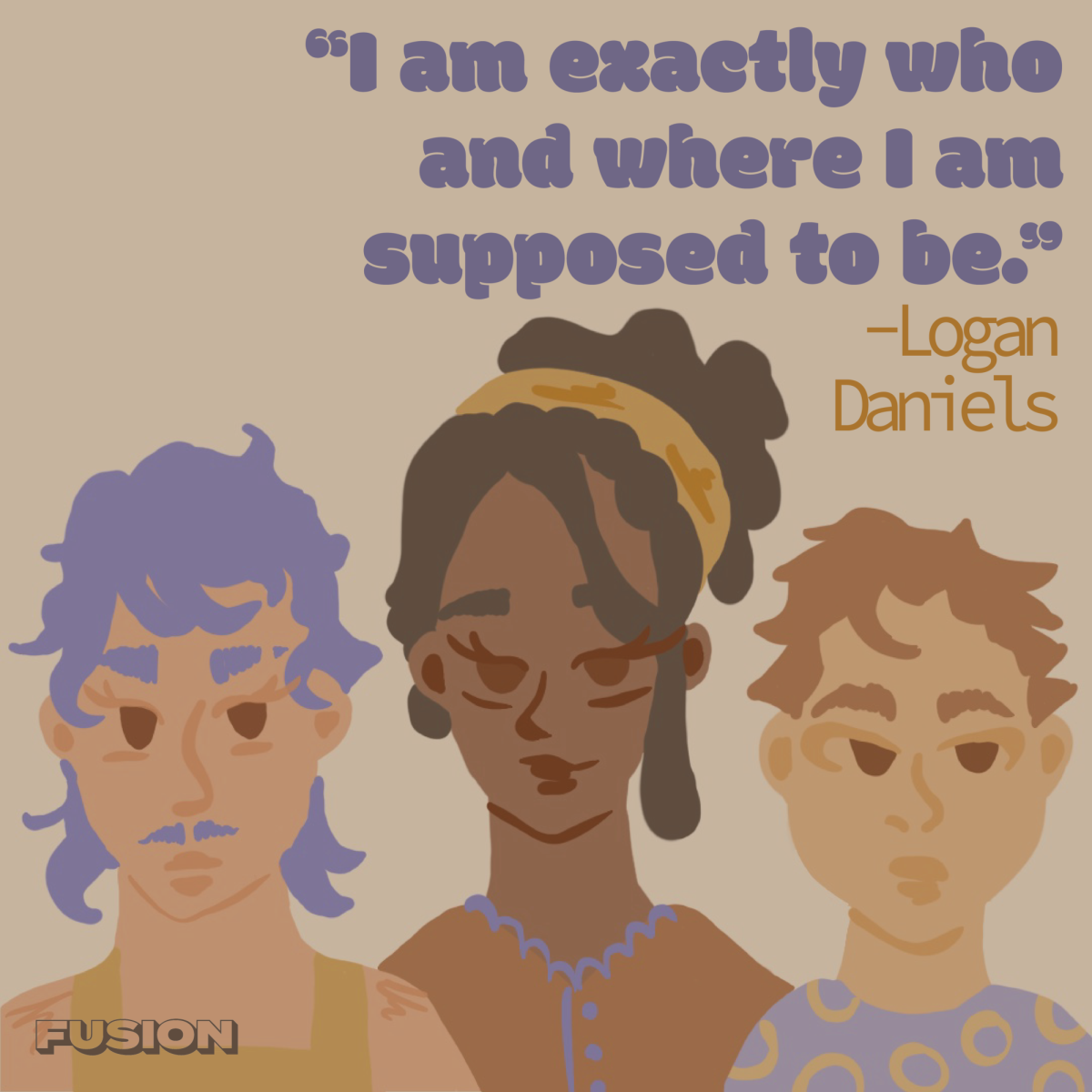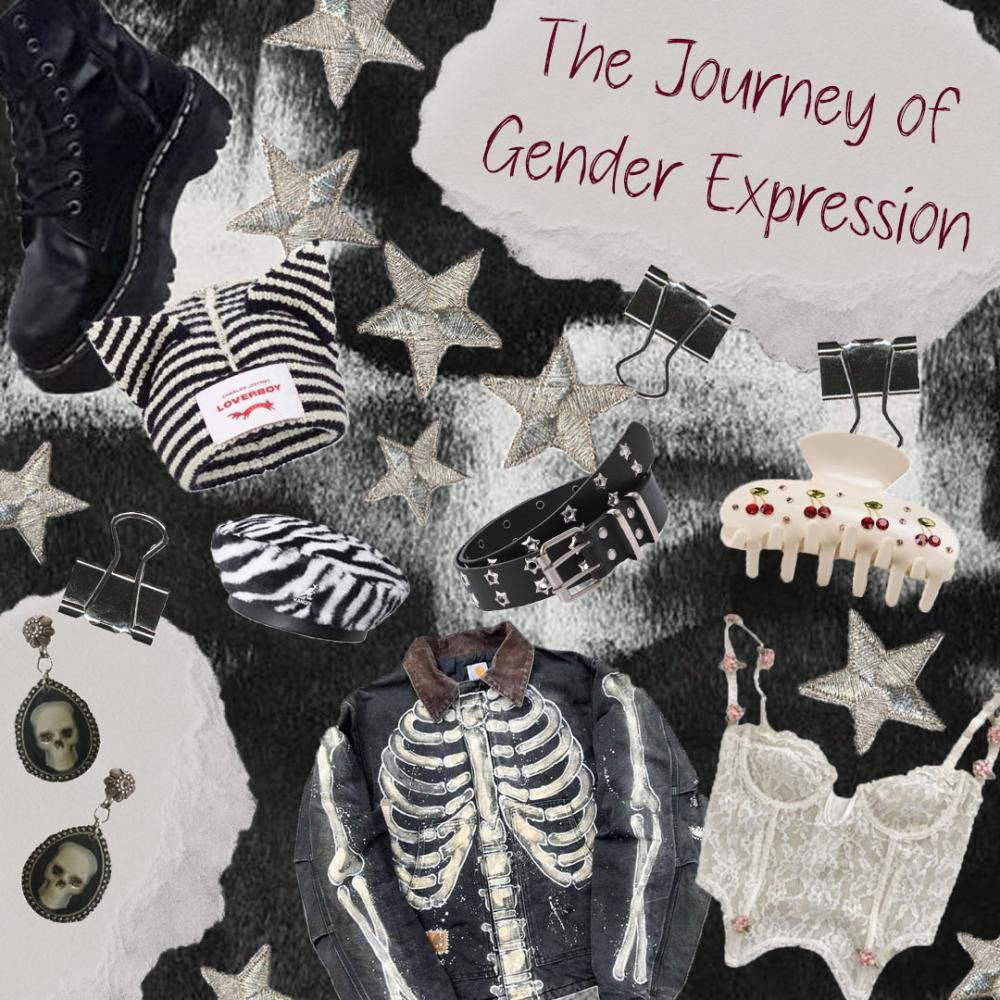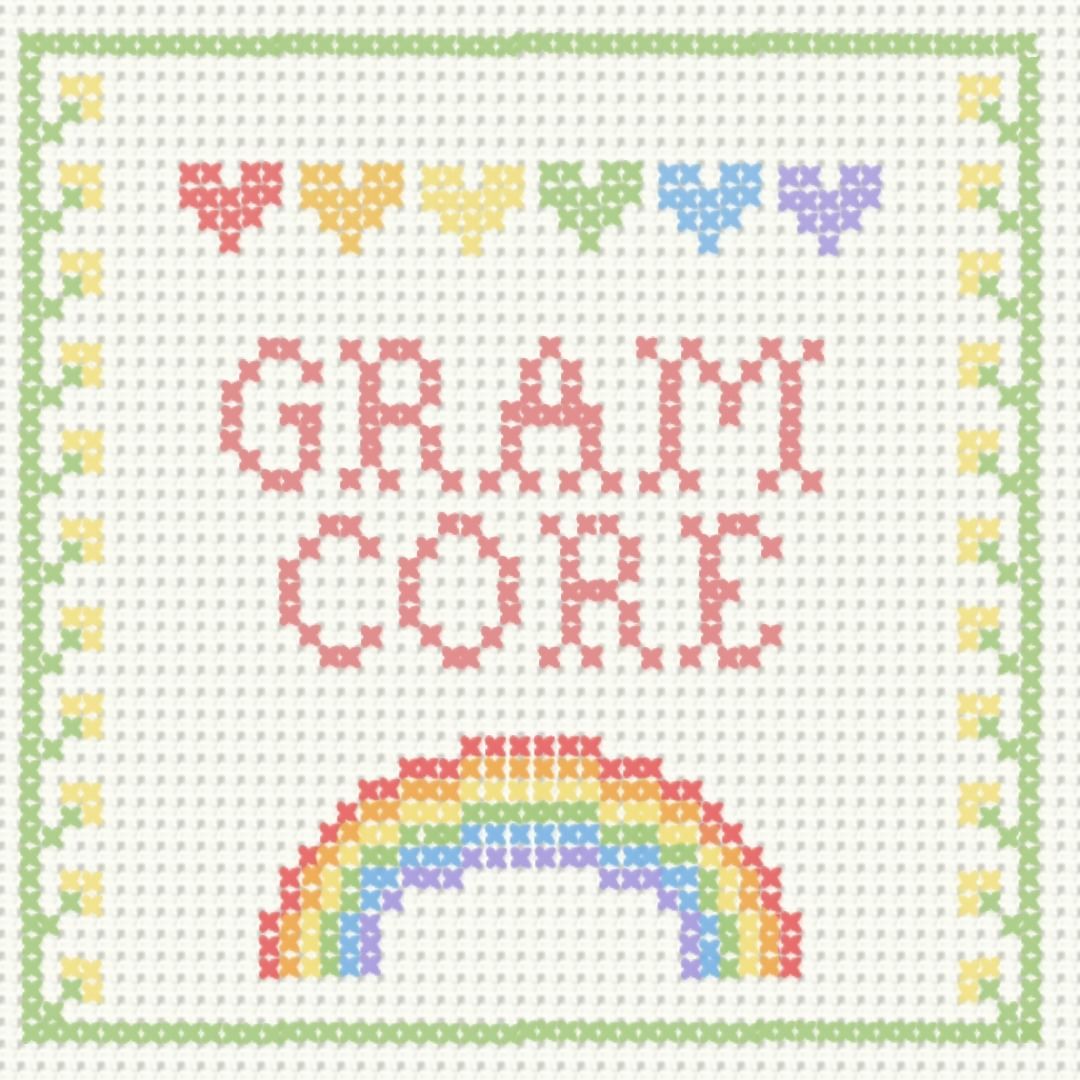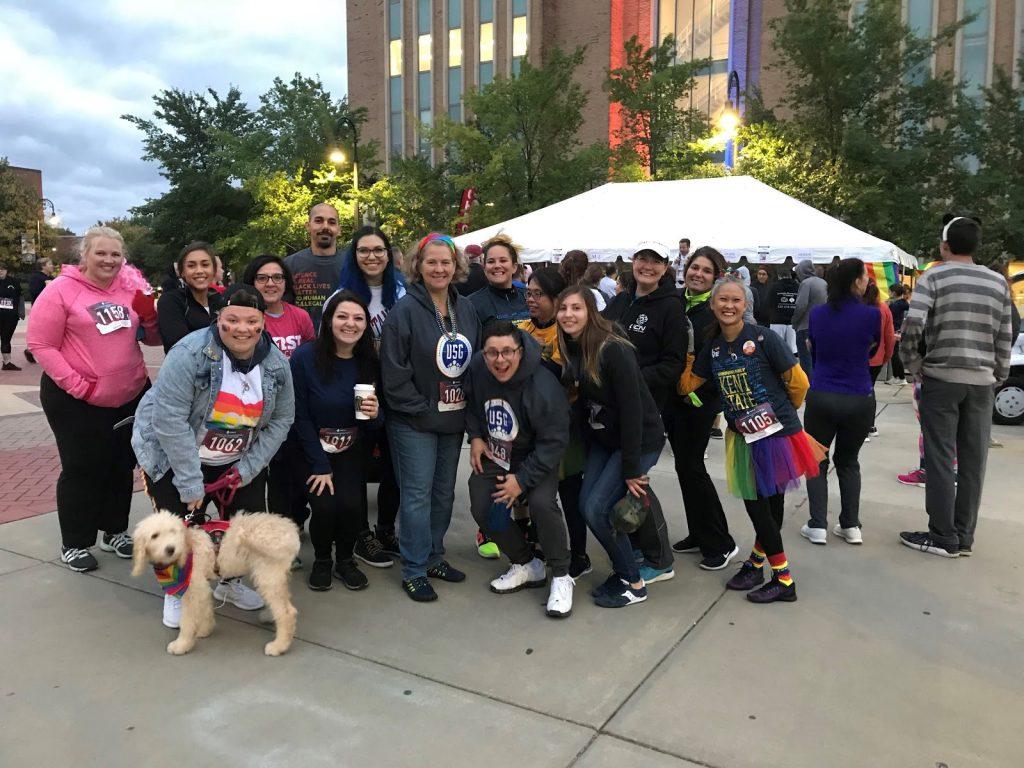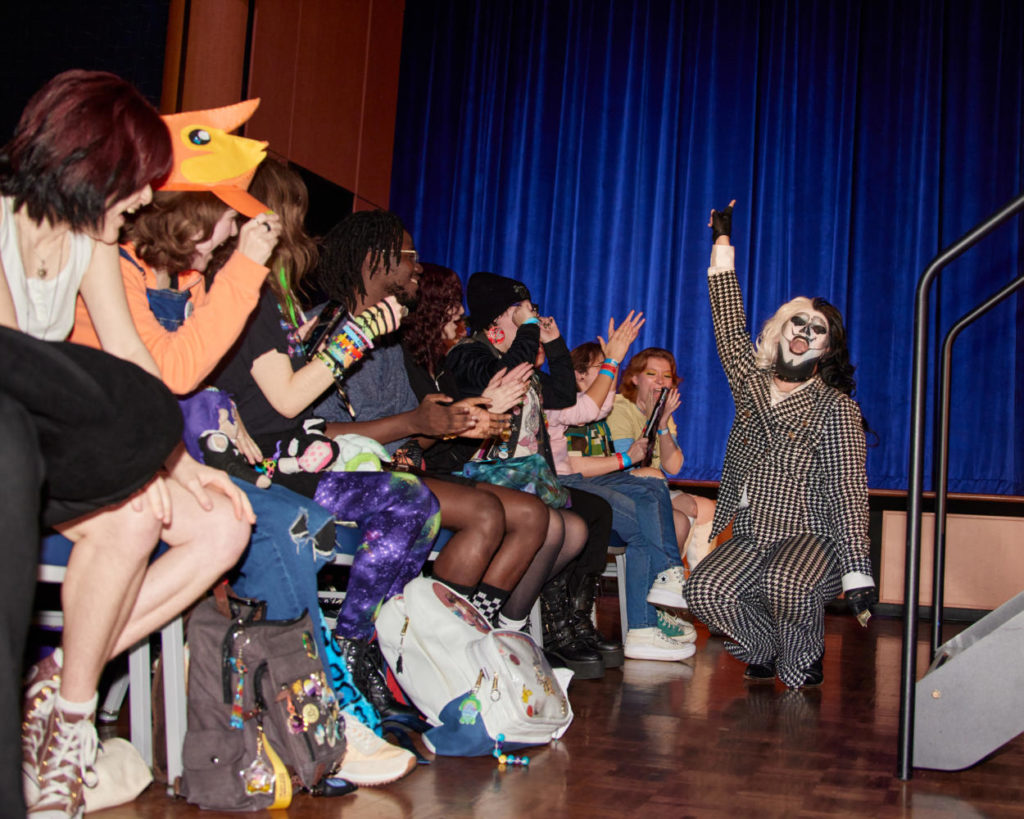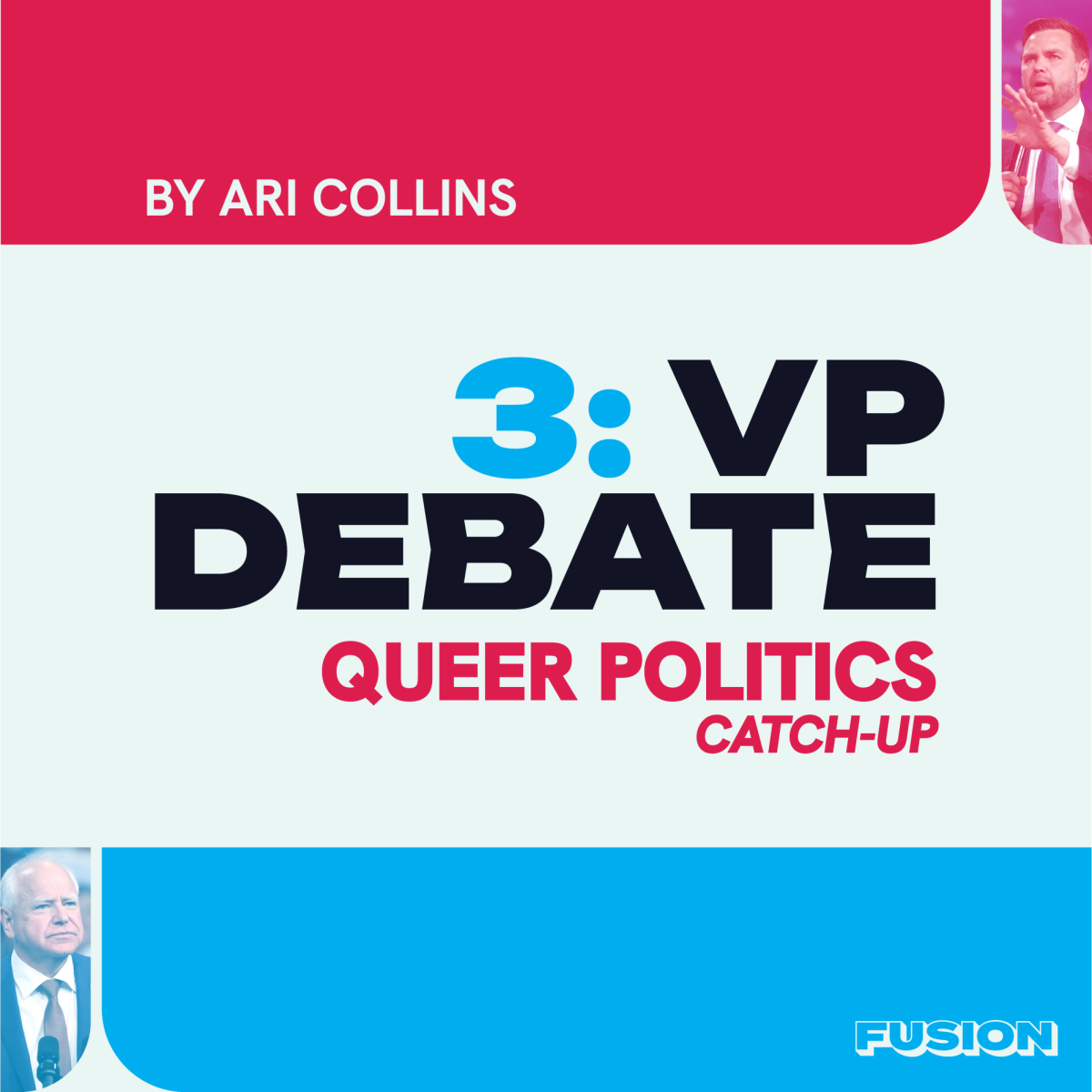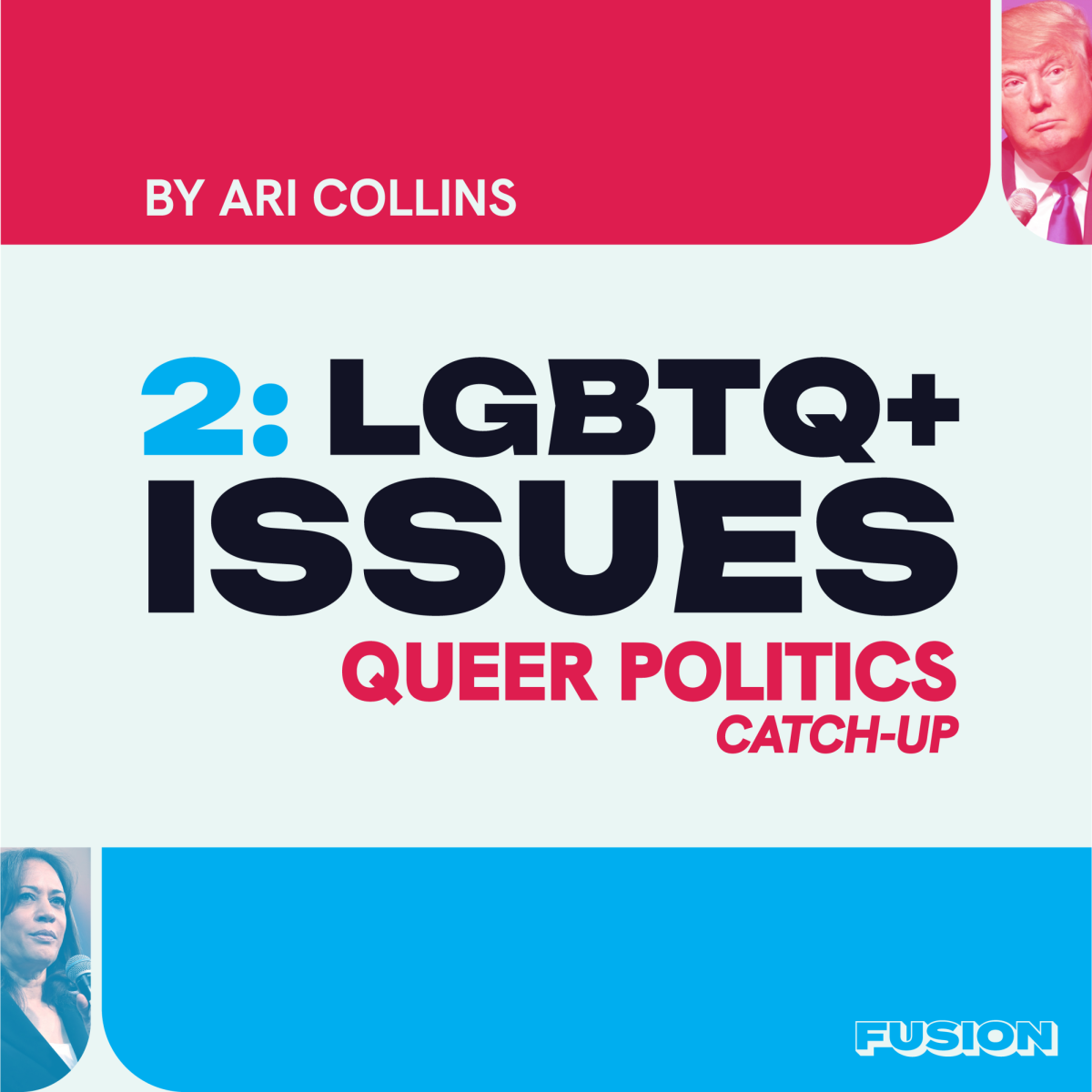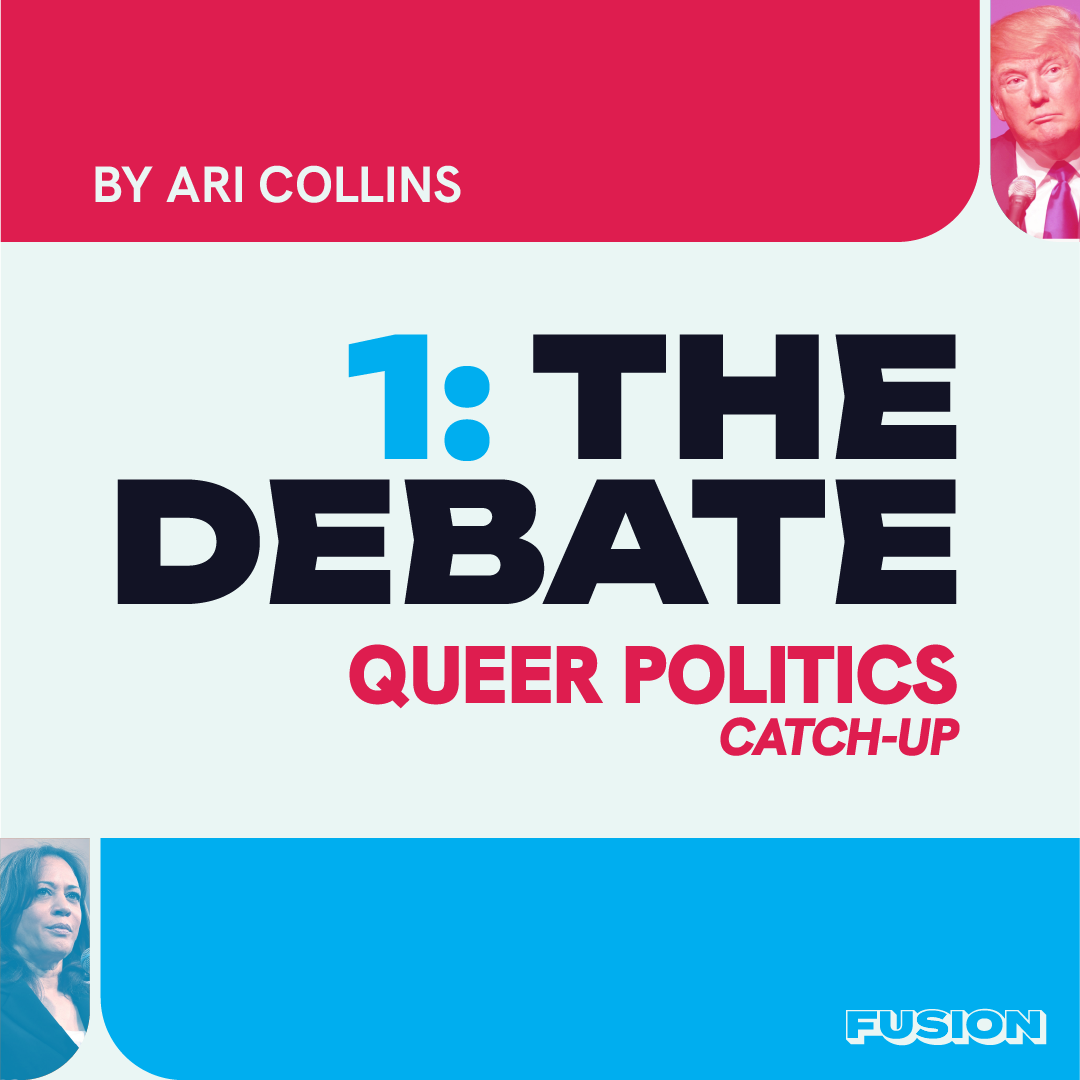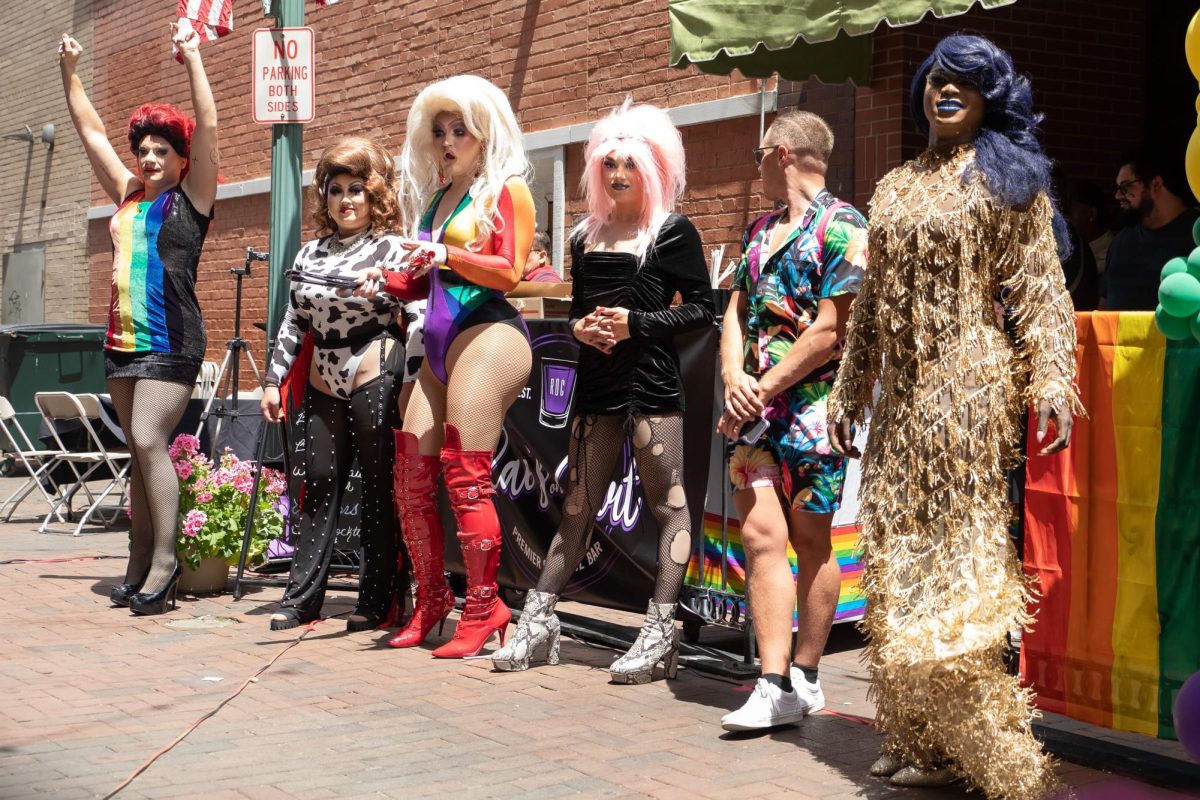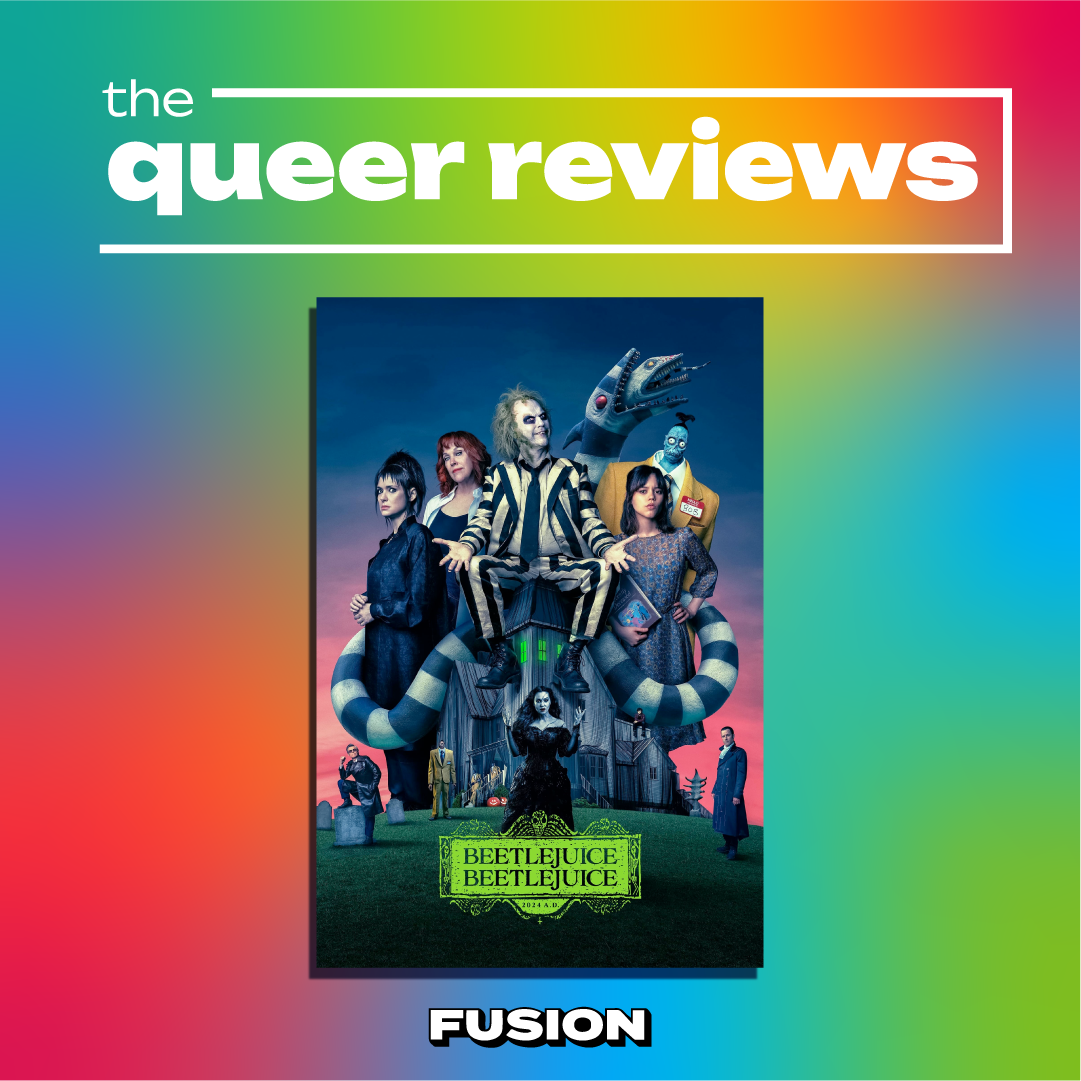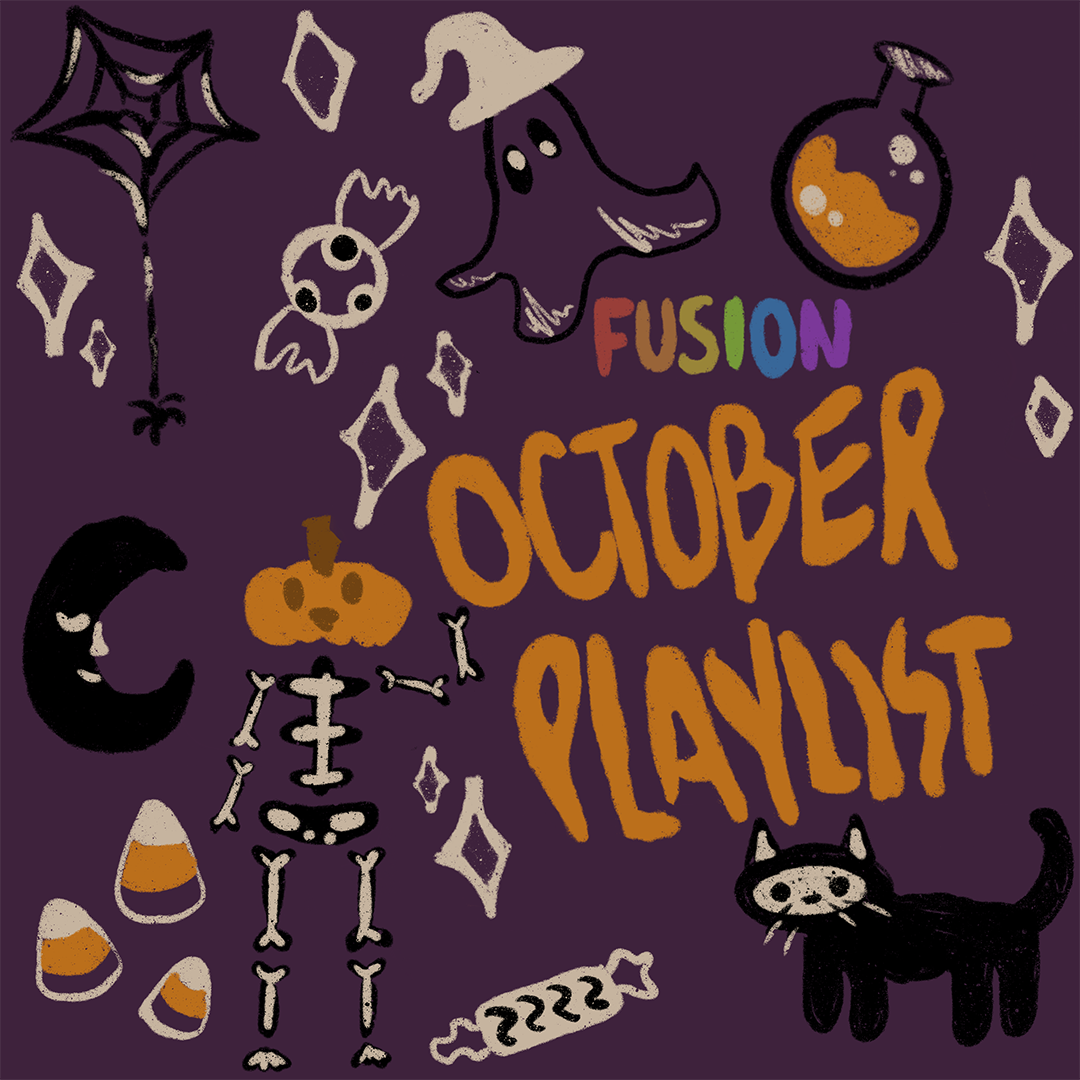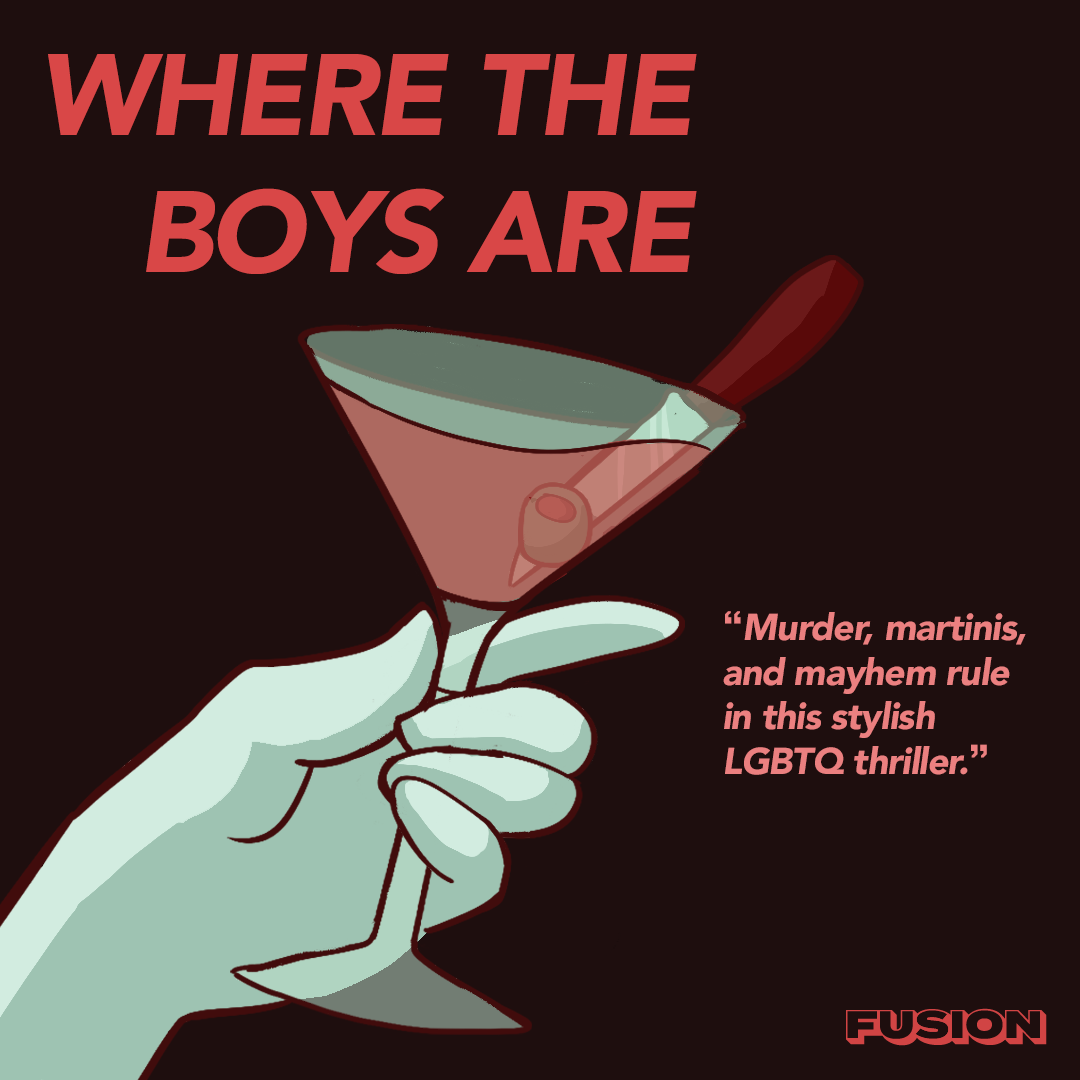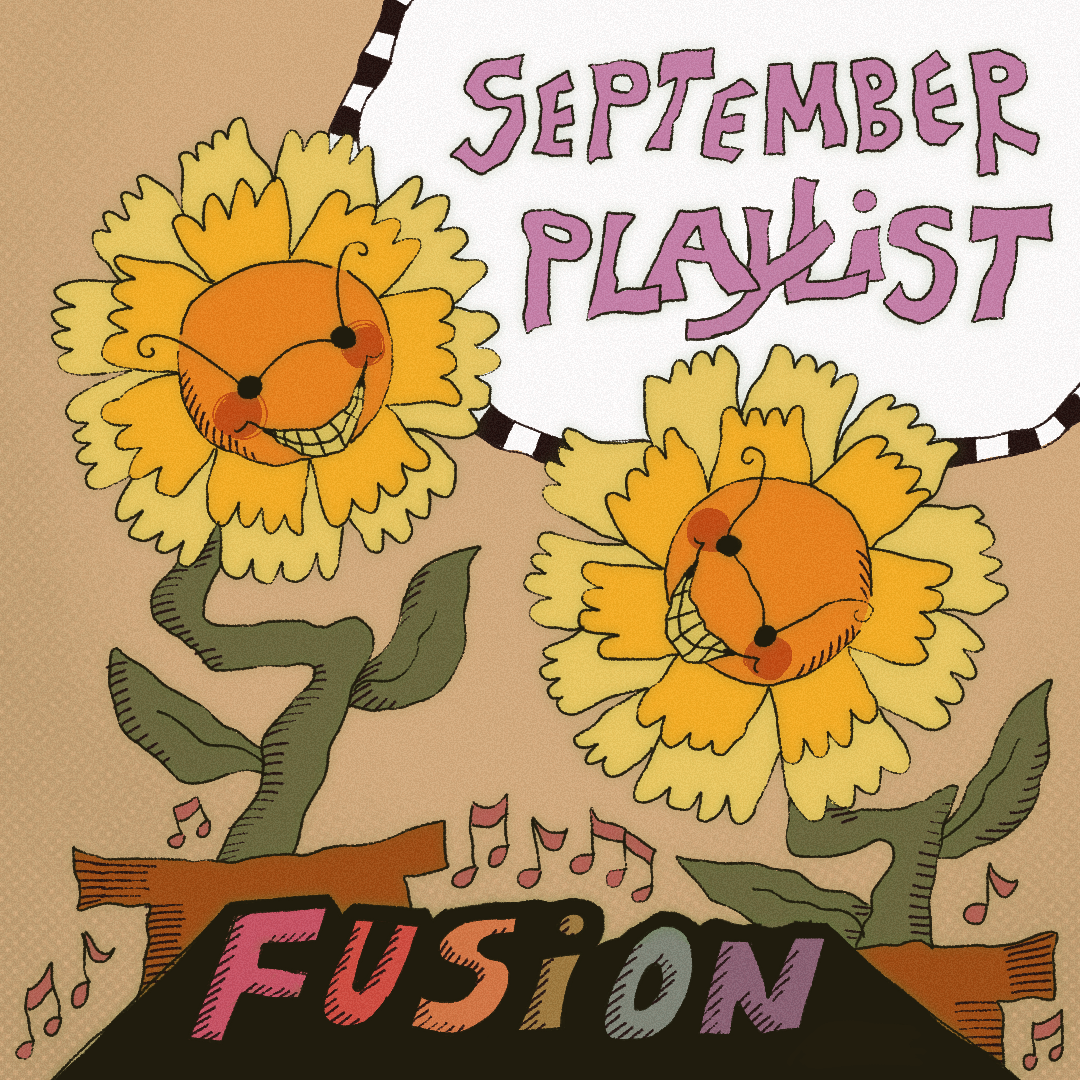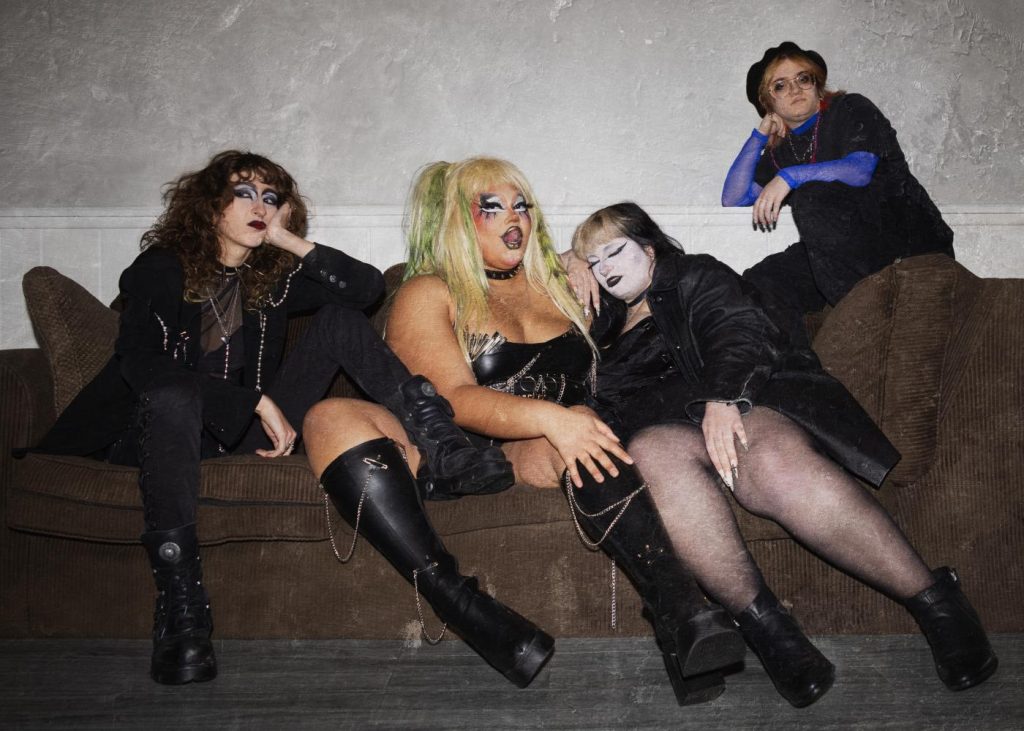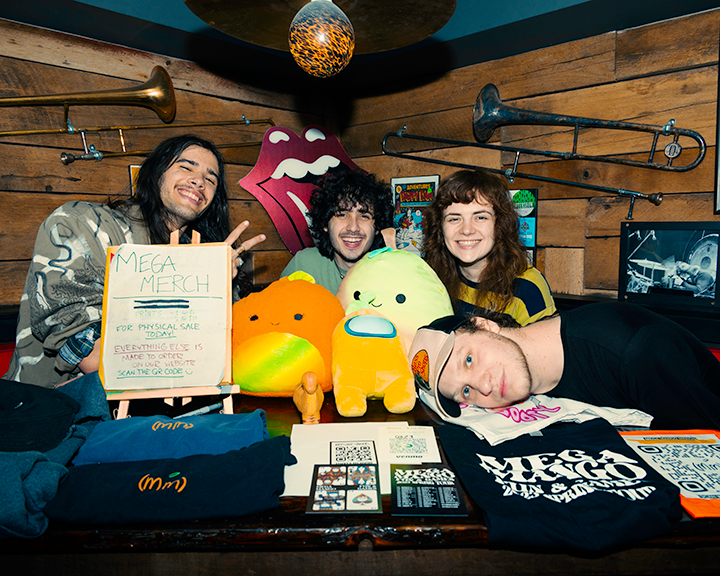It’s Tuesday night and you’re scrolling through TikTok to procrastinate whatever work you have going on. A video comes up on your page of a transgender creator talking about what transitioning was like for them.
Excited to see people talk about it, you go to the comments where a number of people have typed out “41%.” This is a dog whistle, a type of code hiding extremist social and political messages, innocuous in plain text. The comments were discreetly referencing an outdated and miscalculated statistic that 41 percent of trans people commit suicide, essentially telling the creator they should do the same.
Dog whistles are dangerous because they can look like any other phrase. If you are meant to hear it you will, and if not, you won’t. They look perfectly benign, a little strange perhaps, but without harm. Those gray areas allow people who get called out to feign ignorance on the true meaning or claim that was not their intent. Hate groups primarily use dog whistles to spread their messages covertly.
“I think dog whistles are used to get away with saying things that you couldn’t say overtly,” said Ryan Thoreson, an assistant professor at the University of Cincinnati College of Law. “So to communicate a message to your followers or your compatriots that you’re not sympathetic toward people of color, toward LGBT people, toward feminists, but without sounding overtly racist, or homophobic or sexist to an audience.”
AJ Conway, the Diversity and Career Development director in the College of Communication and Information at Kent State University said, “I think it’s really an attempt to exploit the challenges that we have in our society when it comes to the acceptance of LGBTQ+ people.” They believe that the use of dog whistles is both a tactic used for bullying, as well as invalidation. Often dog whistles can be used to silence someone’s opinion on the basis of prejudice against their identity.
Dog whistles are also used to recruit others with the same beliefs or rally to a cause. More recently on social media, they are a way of bullying, threatening and harassing that can easily be played off as a joke. They are also used by a younger audience in an attempt to look, feel or seem edgy and uncaring.
While they have been used since the founding of the United States, dog whistles as we know them now started popping up in the late 1950s. It’s no coincidence the rise in racist dog whistles started with desegregation and the equality movement.
“States’ rights” was a phrase commonly used by anti-segregation and racist figureheads. While it sounds like a call for a more state-run government, it actually represents outrage over government intervention in introducing equal rights. This also changed the way republicans talked about the causes of the Civil War. Instead of outright backlash against emancipation and continued racism, the phrase “states’ rights” was used.
“States’ rights” morphed into stories about “welfare queens”–a dog whistle term used to describe black single mothers who supposedly misuse or collect excessive welfare. In recent years, a famous political slogan “America first,” is an example of a dog whistle against immigration and a belief in white nationalism.
Modern society is becoming increasingly more online, which has its risks as “social media cuts both ways,” said Thoreson. “On one hand, I think it allows people to reach a broader audience that is more sympathetic to their views, however extreme those views may be.”
Conway added, “social media has made everything more public. I think that [social media] has been great because it’s made things like political debate and societal and cultural issues so much more accessible for everyone to participate in … the problem with that though is that it’s made it more accessible for everyone, including the people who have absolutely no idea what they’re talking about.”
TikTok is another battleground, as it is the second most used social media platform by younger generations. There is an element of cyberbullying and anonymity associated with it as well. When leaving hateful comments, the commenter is able to hide behind a screen name, freeing themselves from any guilt or possible repercussions.
“There’s been a real rise in anti-queer dog whistles lately,” said Thoreson. “I think a lot of discourse that had been considered outside of the mainstream has returned, smearing LGBT people as pedophiles, or groomers or predators.”
The speed of social media allows new dog whistles to spread at rapid rates.. Many are difficult to track down because they pop up so fast and little information can be found about them.
“It runs rampant in the comment sections,” said Conway. “People can say whatever they want and can even be anonymous on some of these platforms. It’s so easy to create fake profiles and hide your real identity.”
Creators on TikTok have seen this problem and taken it upon themselves to educate. They put out videos, infographics and posts about various dog whistles and what they actually mean. It is paramount for the community to recognize various dog whistles, hateful callouts and other subtle forms of extremism and homophobia.
Dog whistles are not only a social media issue, “a lot of the online discourse has permeated into real life threats of violence,” explained Thoreson. “You think of Proud Boys and other far right groups protesting outside of drag queen story hours, or people calling bomb threats into hospitals that provide gender affirming care for kids.”
In the past, some government officials showed it was okay to be openly racist, sexist and homophobic. “It was okay to do those things and be very transparent about it,” said Conway. “When your opinions and beliefs start to impact people, and especially start to impact other people in a negative way, that’s when that’s problematic.”
Conway provided some tips on staying safe. It’s important to stay vigilant and acknowledge there’s a chance an environment won’t always be safe. Thoreson added, “the one important thing is for queer people to be conscious of those threats, and not be deterred.”


